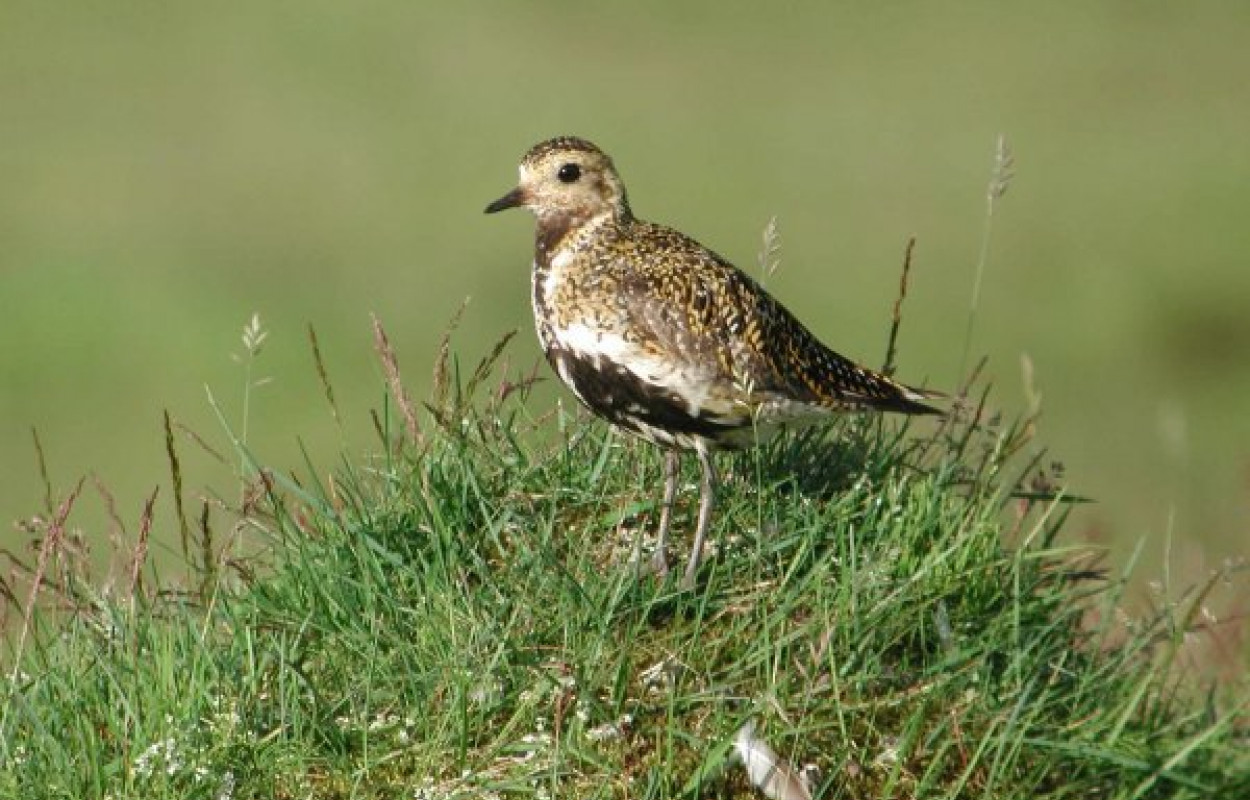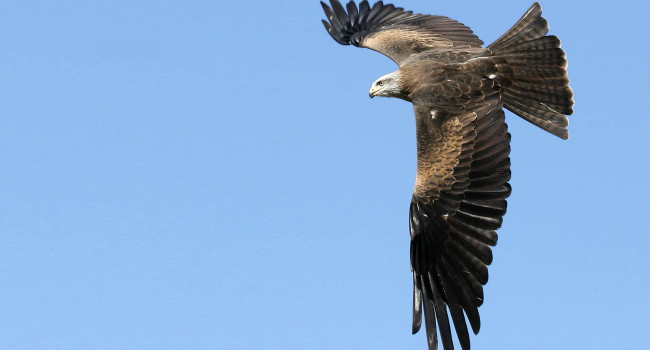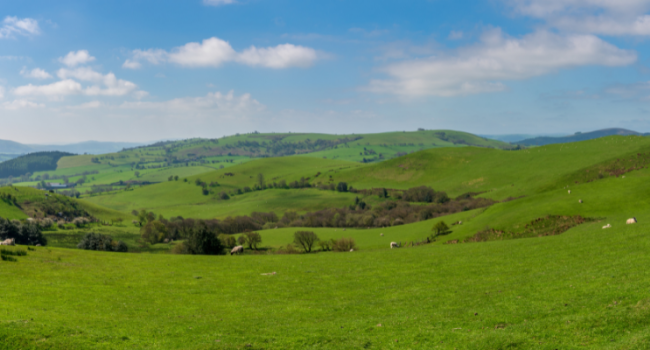Mechanisms underpinning climatic impacts on natural populations: altered species interactions are more important than direct effects

Author(s): Ockendon, N., Baker, D.J., Carr, J.A., White, E.C., Almond, R.E.A., Amano, T., Bertram, E., Bradbury, R.B., Bradley, C., Butchart, S.H.M., Doswald, N., Foden, W., Gill, D.J.C., Green, R.E., Sutherland, W.J., Tanner, E.V.J. & Pearce-Higgins, J.W.
Published: January 2014
Journal: Global Change Biology Volume: 20
Digital Identifier No. (DOI): 10.1111/gcb.12559
Although climate change is altering species’ distributions and populations, it is unclear how these impacts occur. New research led by the BTO (in collaboration with scientists from the Cambridge Conservation Initiative), reviewed almost 150 published studies to show that the main impacts of climate change occur through altered interactions between species within an ecosystem, rather than direct responses to climate.
Each species shares an ecosystem with other species, some of which it might eat, and others that might eat or compete with it. This study found it was changes to the populations or activity of these other species that were responsible for many of the impacts observed. For example, Arctic Foxes have been affected by declining Lemming populations linked to changes in snow cover, and expanding Red Fox populations. In the UK, upland birds such as the Golden Plover are affected by increasing summer temperatures, which cause problems for their Cranefly prey.
Importantly, as much conservation action is concerned with managing species’ populations (for example controlling invasive species or reducing predation risk), the conservation tools to reduce the impacts of climate change on species are already available, meaning that vulnerable species can be helped to adapt. For example, degraded peatland habitats in the UK uplands could be restored to boost Cranefly populations, and increase their resilience to climate change. Whilst this work identifies the sorts of species most vulnerable to future climate change, there is little information from the tropics, where most species occur, so more monitoring and research is required. This study highlights the need to consider the complex ecological relationships between species when assessing the impacts of climate change at a global scale.







Share this page